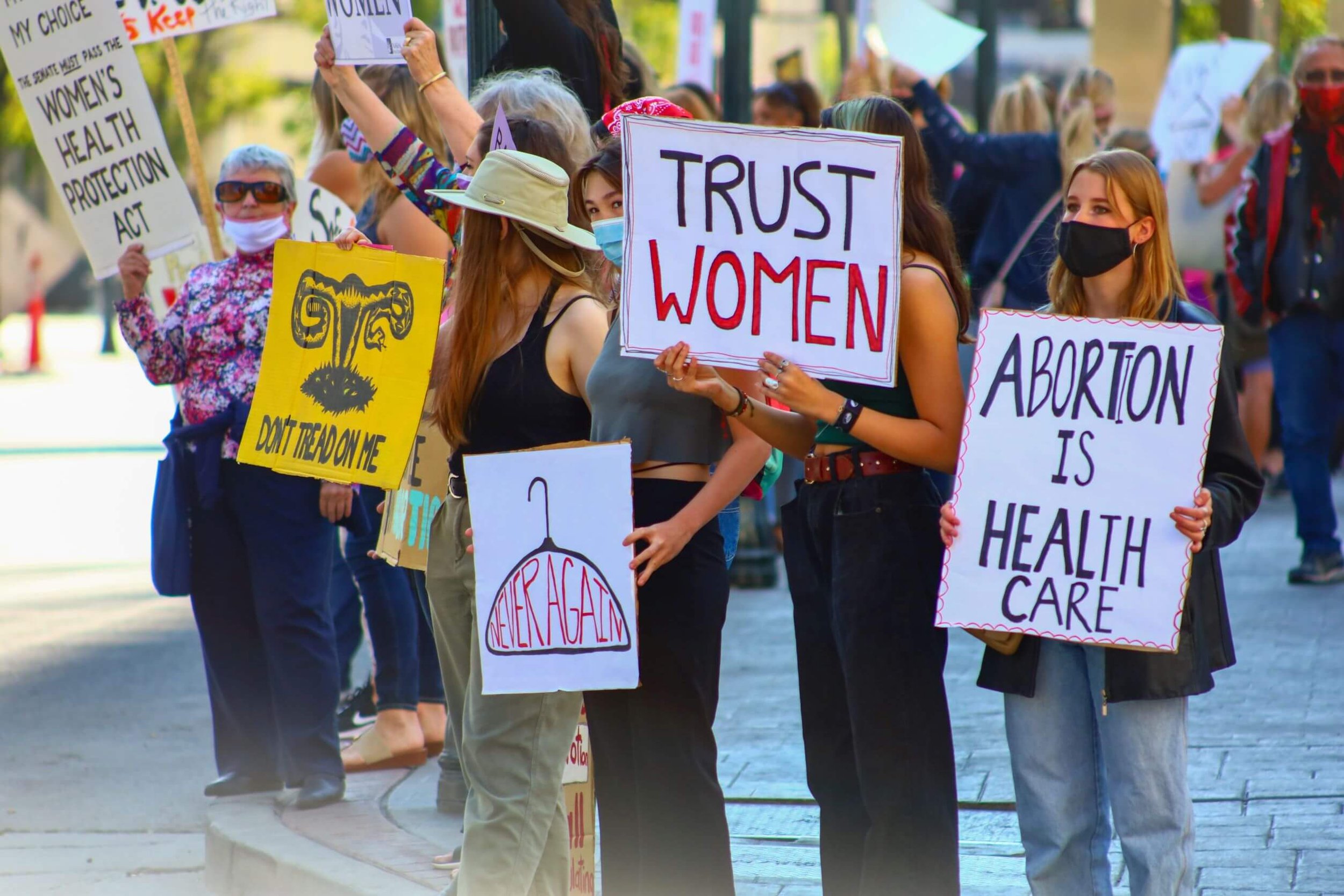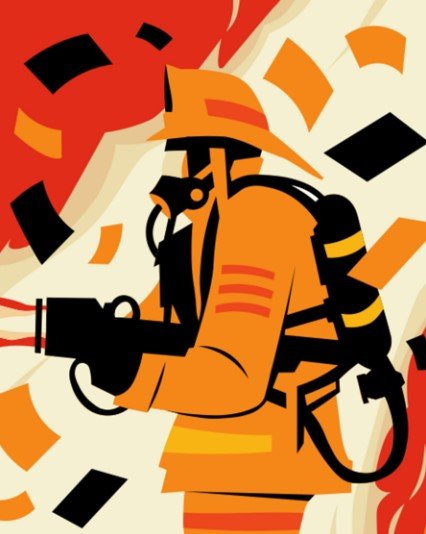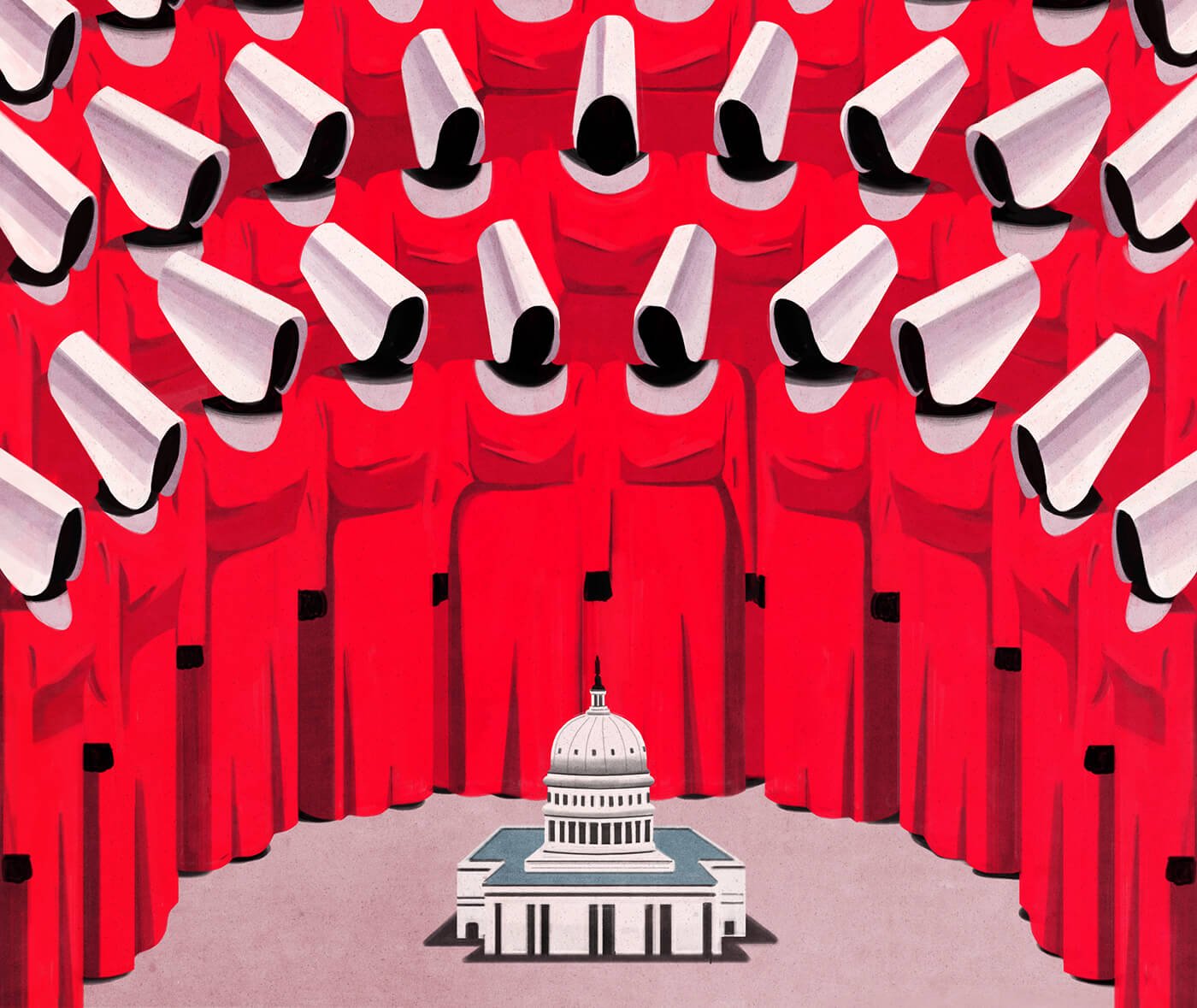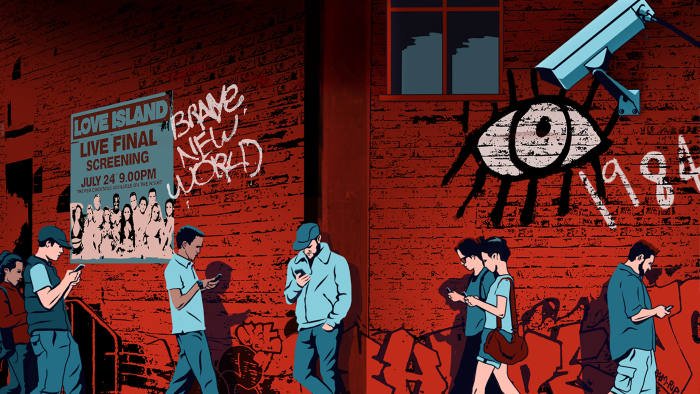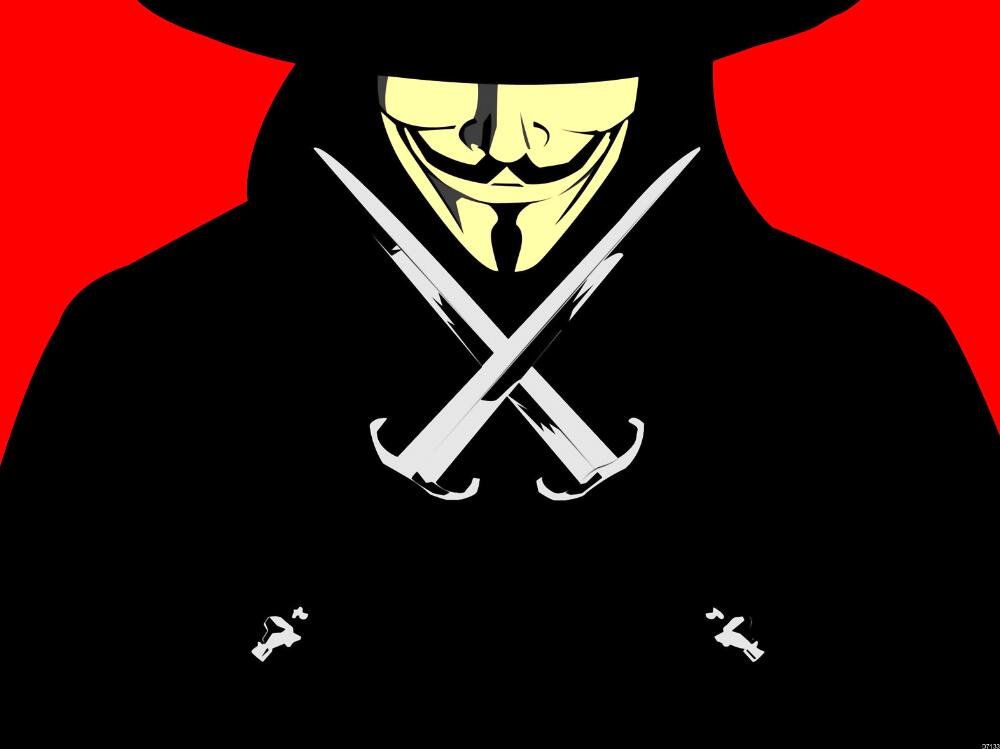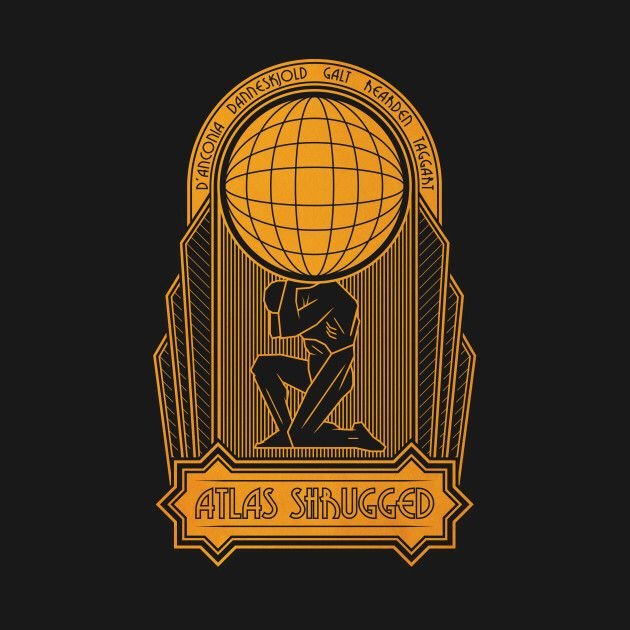Dystopian Media
How an Orwellian Ministry of Truth is the Least of Our Worries
You Might Also Like…
This article was first featured on Adam B. Coleman’s WrongSpeak.net
With the big market move of Elon Musk purchasing Twitter, those on the Left are concerned about an oligarchy while those on the Right see this as a win for liberty and freedom. Despite the hypocritical claims of the Left (Jeff Bezos’s purchase of the Washington Post being the most glaring example) and the market consequences that suppressing ideas causes—perceived or real—all of this is what ultimately led to the creation of alternative social platforms like Parler and Truth Social and the eccentric billionaire’s acquisition of the blue-bird social platform.
Fear of censorship and silenced voices is what led to these market shifts.
As terrifying as a “Disinformation Governance Board” is, an Orwellian Totalitarian State is the least of our worries and not the root cause. In fact, it is Huxleyan desensitization and the pleasure-seeking culture that is creating the state of the State we are seeing.
The Brave New World We Live In
“If most of us remain ignorant of ourselves, it is because self-knowledge is painful and we prefer the illusions of pleasure.”
Aldous Huxley, author of the dystopian classic Brave New World, did not fear the banning, burning, or censoring of books, but rather feared that no one would want to read books. Huxley feared that the truth would be drowned in a sea of irrelevance, not suppressed by an Oligarchy or Totalitarian State.
Pleasure, not fear was the tool in which he saw society crumble to.
First published in 1932, Brave New World* was written in a time where modernity, the profound cultural transformation of the rise of representative democracies, age of science and reason over superstition, and the established liberties and values of the individual was all coming into full fruition. This age of enlightenment forced Huxley to ask himself if a human being—for their own good—could be designed and controlled from the womb to the grave. If so, could this kind of ideology bring real happiness?
With only chemical, mechanical, and sexual comforts, both of Huxley’s key characters find themselves being deficient in Nature, Religion, and Literature even though they cannot put a name to these concepts. From a lack of understanding of the cosmos and its grandeur to the sensory overload of entertainment and minutiae, the protagonists are unable to stand in awe and have little appreciation for philosophy, theology, and literature all the way down to the words they use daily.
Through sex, drugs, and social conditioning the young are malleable as these symptoms of “un-freedom” are the foundations for alienating the individual through social instability and the erosion of standards and values.
Does any of this ring a bell with the current culture?
*See Huxley, Aldous "Brave New World and Brave New World Revisited (foreword by Christopher Hitchens)" (2004)
Social Media is Destructive for Society
“Infant-conditioning and narco-hypnosis are far more efficient, as instruments of government, than clubs and prisons, and that the lust for power can be just as completely satisfied by suggesting people into loving their servitude as by flogging and kicking them into obedience.”
There are 3.78 billion users of social media worldwide and roughly $181 billion spent on social media advertising, with the United States being the leading nation in this effort.* That is a lot of money and market incentive to keep people engaged and focused on what is happening on their screens. Interestingly enough, in a 2019 study in Finland, while 84% of the youth 13-29 years old stated that they used social media to communicate with their friends, 74% of those surveyed stated that they use social media because it’s a habit.
In other words, they’re addicted.
This is not an unintended consequence of the structuring of social media in our lives, but a deliberate design element because of the return on investment companies see within the system. The father of modern propaganda, Edward Bernays, knew the importance of manipulating and shaping public opinion when he helped pioneer a scientific process for the dissemination of information in what he called the “engineering of consent.” When you create a social incentive, people are more prone to participation, and when that incentivizing behavior encourages mediocrity, escapism, distorts reality, and makes an individual dependent on likes, comments, and shares, there are a number of negative consequences that will result.
From the picture perfect toxic nature of Instagram to the overwhelming challenges of child pornography and online video harassment and abuse of TikTok, if people just opened their damn eyes we’d recognize and acknowledge the dangers these applications have on the malleable brains of our youth. In fact, let’s dive a little bit deeper into one of the most popular social media platforms our youth indulge in:
TikTok.
How Does The TikTok Algorithm Work?
In short, rather than seeing videos or content from specific influencers or topics that someone may follow, the TikTok algorithm* curates content on their #ForYou feature based on three main factors: user interaction, video information and metadata, and the settings on a device/account. It’s not an entirely foreign concept but is rather a robust cookie algorithm specifically designed to keep users on the platform.
While the mission of TikTok is “to inspire creativity and bring joy”, this good intended gesture is absolutely moot when considering the negative side effects that the social media platform creates, some of which are up for debate as to whether they are unintended or maliciously manufactured**. We’ll give the benefit of the doubt here and say that these negative side-effects were an oversight on their part. With that being said, it is coming to our attention the very real problem that this targeted marketing has on people who are interested in self or societally destructive behaviors, mindsets, and attitudes.
You are what you consume, and while curiosity and “honest research” may have been the launch pad for delving into certain topics, when you are flooded by a culture that doesn’t properly address but rather praises mental illness, we really don’t need to be well versed in deductive reasoning to understand how TikTok inspired a “surge” of mental illness where a bunch of amateurs are diagnosing each other with feel good sentiments and virtual pats on the back.
YouTube, Gettr, Facebook, Instagram, TikTok, Snapchat, Twitter, all are just a handful of platforms that have access to our wallets, lives, and minds.
* Taken directly from TikTok themselves
** Props goes to the beauty of Australia—Sydney Watson’s How TikTok Manufactured a Mental Health Epidemic
Unseen Dangers
We’ve talked about this before, but the entire blueprint of Mao Zedong was targeted at the youth in his 1960s Chinese Cultural Revolution. He used the classic socialist move to silence any idea that threatened his vision of Communism. The Great Proletarian Cultural Revolution weaponized the education system by shutting down the nation’s schools, mobilizing the nation’s youth against community leaders that did not support Mao, creating a chasm between old cultures and new ones that had the backing of the government.
This violent cultural shifting done simply by destabilizing the identity of the youth.
Hitler used it with his Hitler Youth Program and Lenin with The All-Union Leninist Communist League of Youth. Every one of these totalitarian leaders understood that such a program was necessary in dismantling the “old culture” and replacing it with their socialistic and tyrannical version of a new society. Even the radical political activists of today know the political power of utilizing the developing minds of the youth within society.
“Set your house in order before you criticize the world.”
When we as adults can’t control our own pleasures and constantly get sucked into the marketing propaganda of consumerism, our youth stand no chance and will be shaped accordingly. The Huxleyan state of society of constantly being sucked into these distractions and escapes from reality is what ultimately leads to Orwellian Totalitarianism. After all, how can we recognize the state of the State if we can’t even figure our own shit out?




